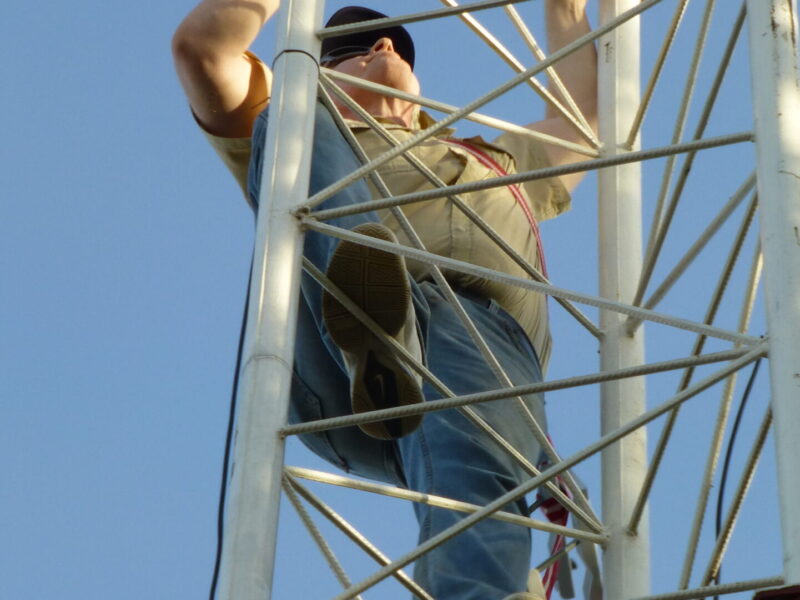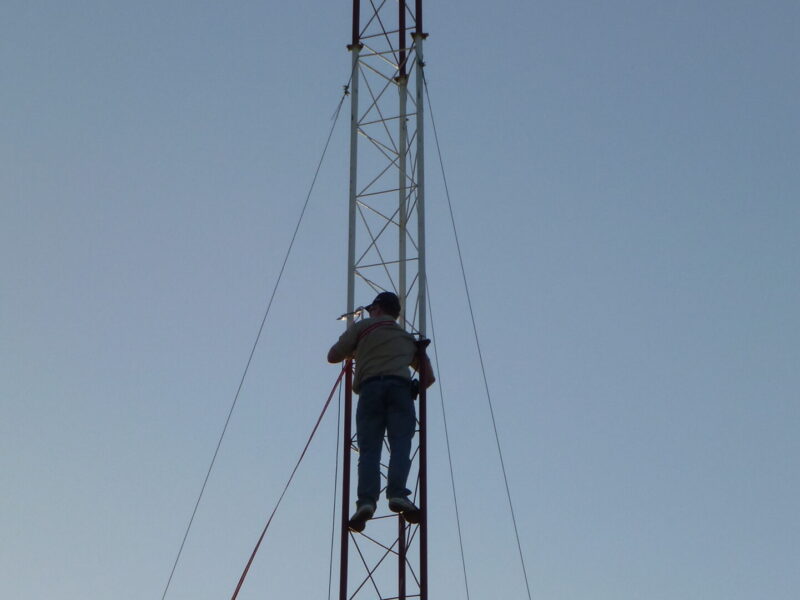Dual-Stack IPv4/6 Office, Building & Campus Networking
A secure, performant, reliable and most importantly FUTURE-PROOF network requires a planner with experience. F1Linux has it: single office, multi-floor and even campus networking with with hundreds of users.
Making good subnetting choices when partitioning the network, choosing appropriate hardware, and in respect to wireless networking, relative physical emplacement of APs is crucial to ensuring the productivity of your network users. These are all decisions informed by experience and F1Linux has it.
And as IPv4 globally routable addresses are exhausted or nearing exhaustion around the world, IPv6 becomes an unavoidable reality. F1Linux can comprehensively plan & implement a dual IPv4/6 stack network ensuring your network scales with the future.
Network Monitoring:
F1Linux can install Zabbix network monitoring on your SNMP enabled devices in parallel and save you £450 in Network monitoring installation fees. If F1Linux is performing the logical configuration of all your hardware installing a new network, enabling SNMP can be done at the same time. Only the hardware provided for monitoring and the monthly service fee is due.
Remote Network Management:
F1Linux can remotely manage your network performing common administrative tasks either independently or in collaboration with your network team.
Add IPv6 Connectivity to an Existing Network:
If your network wasn’t planned with the future in mind, F1Linux implement IPv6 connectivity and configure the IPv6 firewall rules in front of it.
BIND DNS Master/Slave Replicated DNS:
If you want to run your own BIND9 DNS infrastructure, F1Linux can configure it with Split-Views, conditionally serving DNS information for internal or external users from different pots depending upon whether the request was received on an internal or external interface.
Linux Router Configuration:
F1Linux can even configure Linux hosts to function as routers of IPv4 & IPv6 traffic if you have a requirement for such.
When I arrived in Kano, eHealth’s WAN- which spanned the northern half of Nigeria- suffered from reliability issues.
I identified the cause as the Ubiquiti AirFibers- radios which joined the Polio Emergency Operation Centers (“EOC“) to the carrier networks- were not accurately enough aligned. Unless they’re cinched down really tight, even strong winds can knock them out of alignment and any misalignment- no matter how slight- can have big implications on the performance of the link joining the Polio EOC to the carrier network.
So I set about adjusting them with a Nigerian Network Engineer colleague.
He’d climb up one mast, I’d climb up the other and we’d communicate over Bluetooth headsets to align the radios.
While working, I’d keep my head swivelling looking for long procession of motorcycles driven by murderous, bearded nutters headed in my direction.
A Network Engineer was shot off of a mast in Katsina a few weeks prior to my working up a mast there there to add Katsina to the WAN. A group of French expats were wiped out in Katsina; they stayed in the same place too long.
Even driving to/from locations was risky: Boko Harem would masquerade as the Police or military and if you strayed into one of these fake roadblocks. And travelling a night between towns is so dangerous the military and police will not move between sunset and sunrise. So staying in situ too long can be risky, but so too can trying to leave at night…
All this was in addition to the risk of working untethered at great heights and potentially having the rebar you’re standing on give-way due to a brittle weld. And the mechanics of aligning the radios means one hand is turning a wrench, and therefore not holding onto the mast 😉
But between us, we restored reliability and the links were significantly more performant & reliable for our efforts.
I administrated a multi-storey wireless network with a large user-base in Kano. Upon arrival, network users complained about reliability issues, in particular random disconnections.
Investigation revealed that the Ubiquiti UniFi Access Points were “Load Balancing”: after 30 users connected to an AP’s radio- 5GHz or 2.4 GHz- any new user connecting to it would result in an existing user being booted off of the AP. Further review revealed that both the number, capacity use and placement of the APs were also causing reliability and performance issues. That’s to say that not only were there an insufficient number of APs, but the 5GHz radios on each of them were lightly loaded or completely unused.
Since the laptops had 5 GHz connectivity but most other devices’ connectivity was only 2.4 GHZ, by forcing the laptops on to the AP’s 5 GHz radios by setting a preference in their wifi driver, I maximized the potential use-capacity to the 60 users per AP- 30 for each radio. I also added additional APs and created a spatial matrix to optimize placement of them ensuring that adjacent APs were on non-overlapping WiFi channels. Both reliability and performance of the Kano LAN improved materially and palpably to network users.
Also implemented queues on the routers to prioritize and limit traffic to protect the bandwidth of the most mission-critical users which were largely the GIS team. By the time I left, the Wild West Network had been (largely) tamed…




